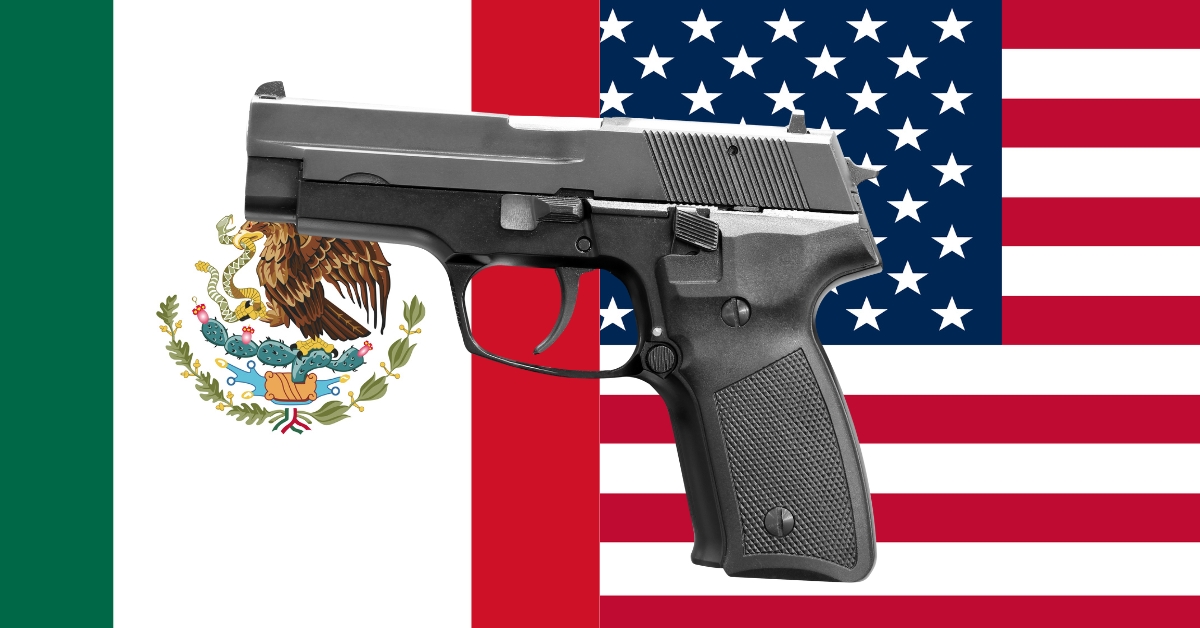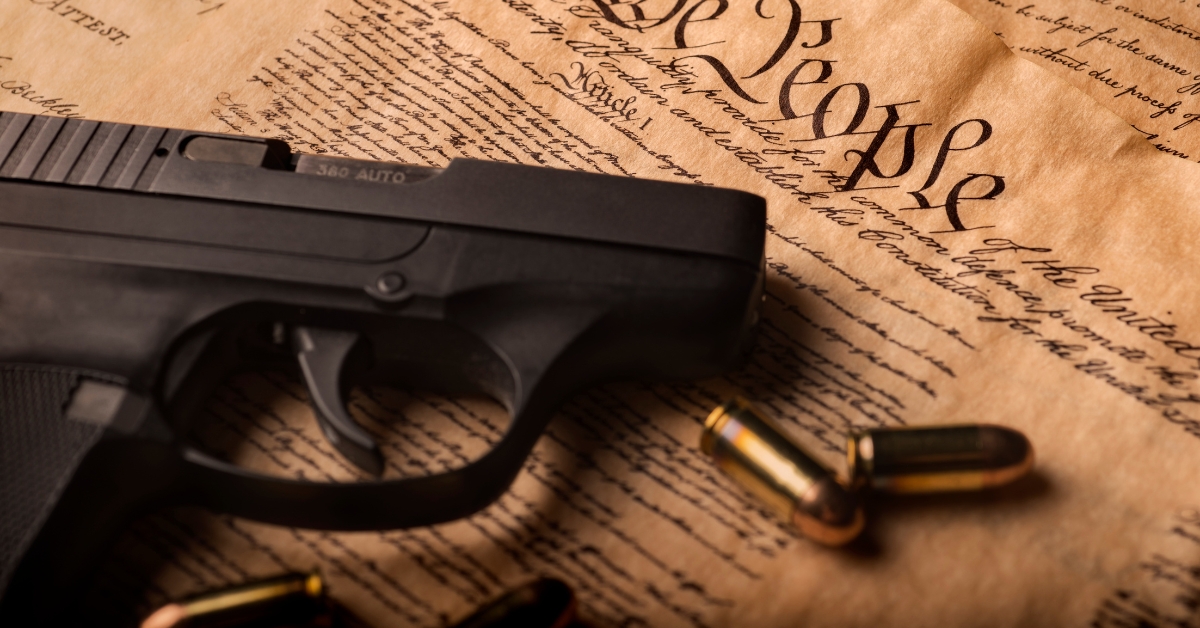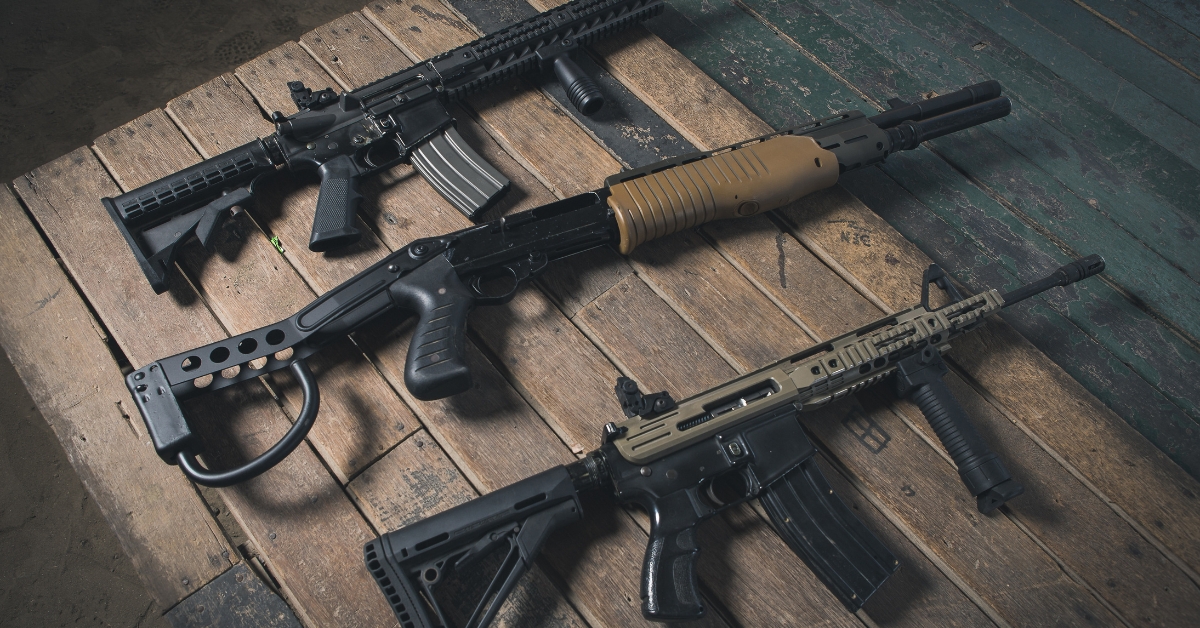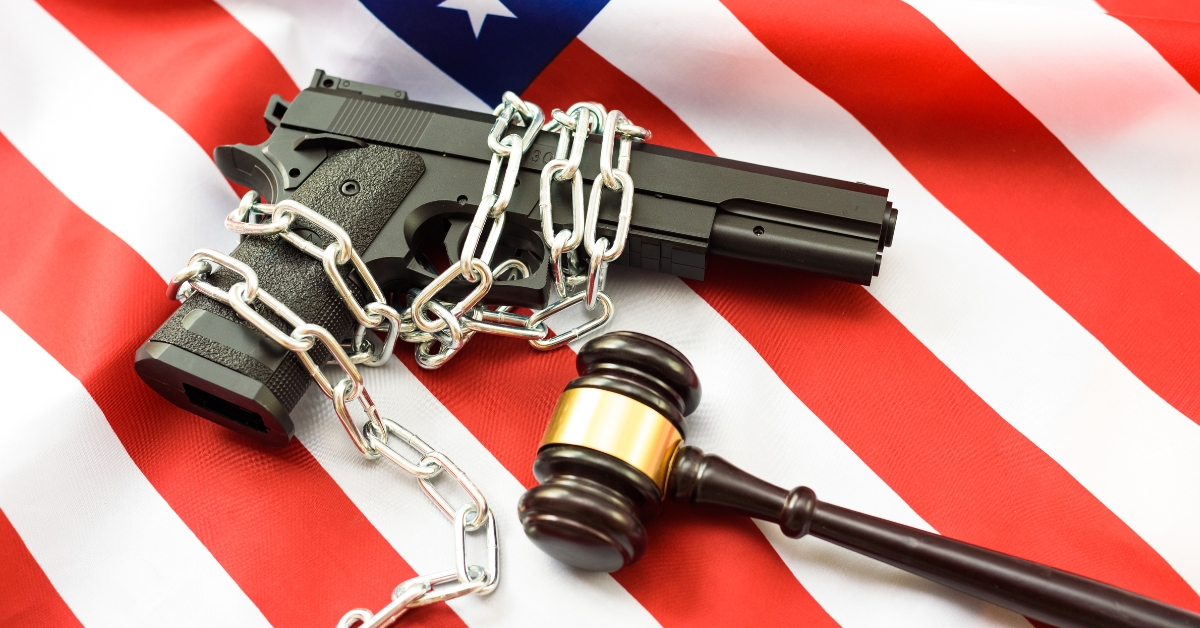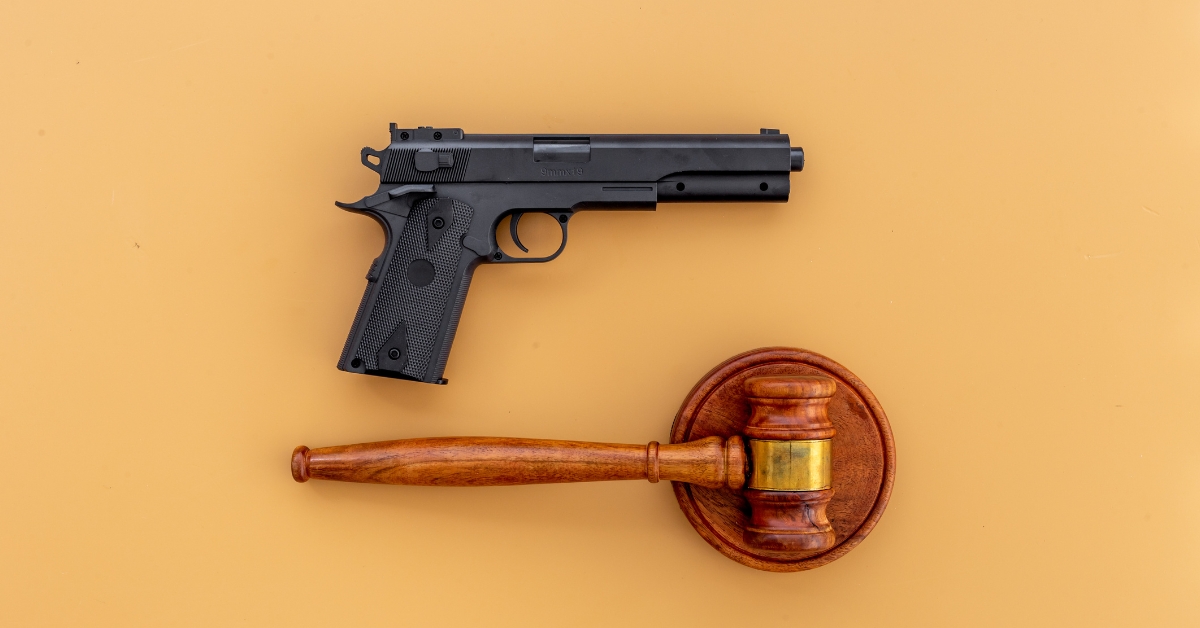
ATF Official’s Memoir Sheds Light on the Fast & Furious Scandal
In his revelatory memoir, retired ATF Deputy Assistant Director Peter Forcelli delves into the depths of the Operation Fast & Furious scandal, casting light on a dark chapter of U.S. law enforcement history. Forcelli’s insider perspective paints a damning picture of Obama’s ATF and Department of Justice (DOJ), revealing a tale of profound dysfunction and decisions so baffling, they border on the unfathomable. The core question that lingers, “Why?” remains inadequately answered. The operation allowed hundreds of firearms to flow unchecked into Mexico, ostensibly under the guise of tracking them to cartel members—a plan doomed from the start due to insufficient resources and non-existent tracking mechanisms.
Operation Fast & Furious wasn’t merely a lapse in judgment; it was a policy anomaly that ran counter to everything the ATF and DOJ stood for. The U.S. Attorney’s Office, known for its reluctance to prosecute cross-border gun cases, inexplicably greenlit an operation that contradicted their own standards. Forcelli, although not directly involved, recognized the inconsistency as numbers of trafficked guns continued to rise, a clear indication that ATF was letting weapons “walk” without intervention. The tragic consequence of this operation came to light with the killing of U.S. Border Patrol Agent Brian Terry, highlighting the operation’s catastrophic failure.
What could possibly justify such recklessness? Was Operation Fast & Furious an ill-conceived attempt at law enforcement or a sinister ploy to exacerbate cartel violence, thereby pressuring U.S. lawmakers into adopting stricter gun control measures? The latter theory, while speculative, is not entirely baseless considering the Obama administration’s known stance on gun control. Forcelli’s account of briefing papers on the operation landing on then-Attorney General Eric Holder’s desk and a meeting involving White House officials discussing firearm bans only deepens the mystery.
Fast forward to today, and Forcelli’s concerns extend to ATF Director Steve Dettelbach’s leadership under the Biden administration, particularly the agency’s adversarial stance towards the firearms industry. The “name-and-shame” approach, directed by White House gun czar and former Everytown lobbyist Rob Wilcox, is a stark departure from the ATF’s traditional role. This strategy not only undermines the cooperative relationship between ATF and gun store owners but also diverts focus from the real issue—violent criminals misusing firearms.
Forcelli’s insights demand a reevaluation of ATF’s priorities. Rather than targeting the constitutional rights of Americans and the firearms industry, the agency’s efforts should concentrate on combatting actual threats to public safety. The weaponization of the ATF, as directed by a gun control lobbyist within the White House, represents a profound misallocation of resources and a dangerous politicization of law enforcement.
As we grapple with Forcelli’s revelations, one thing becomes clear: Operation Fast & Furious was more than a scandal; it was a symptom of a deeper rot within the ATF and DOJ. A reset is urgently needed, one that realigns the agency’s focus towards protecting public safety and upholding constitutional rights, rather than serving as a pawn in the political machinations of gun control advocates. Until such a director is appointed—one who values constitutional rights and genuine public safety—the ATF remains in dire need of reform, and the legacy of Operation Fast & Furious serves as a stark reminder of the consequences of deviation from these core principles.
